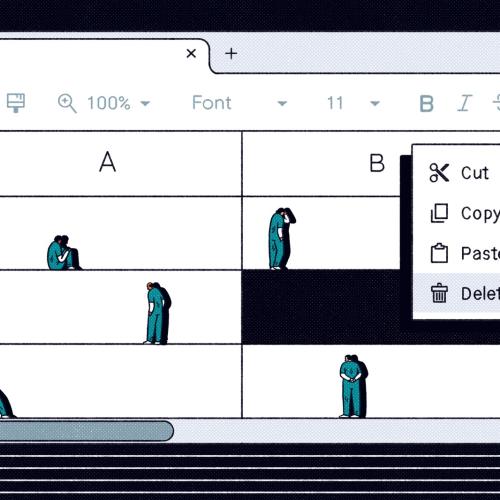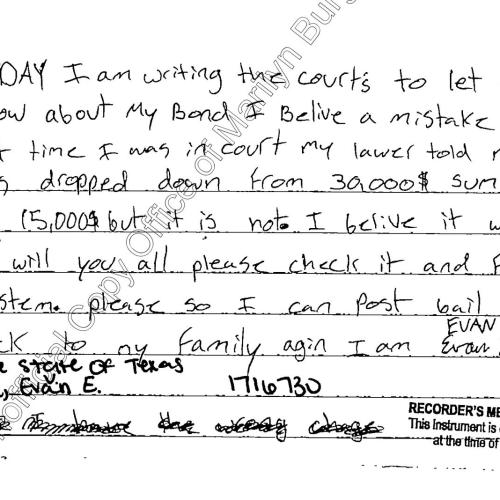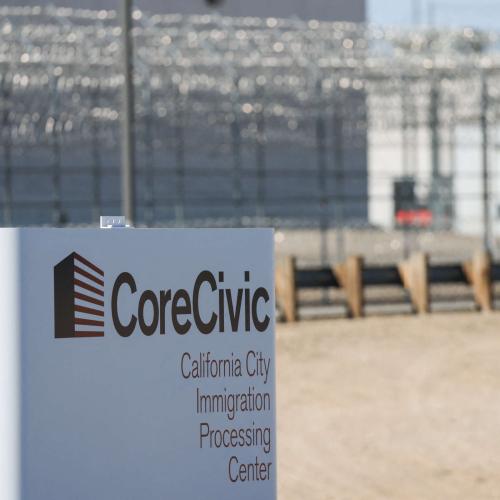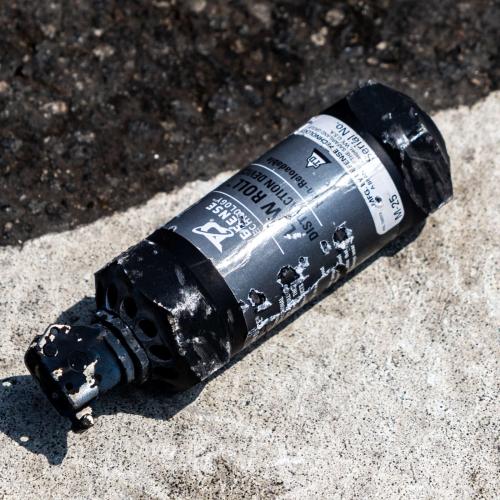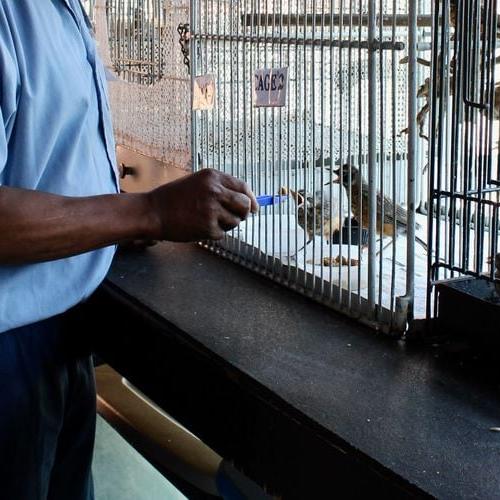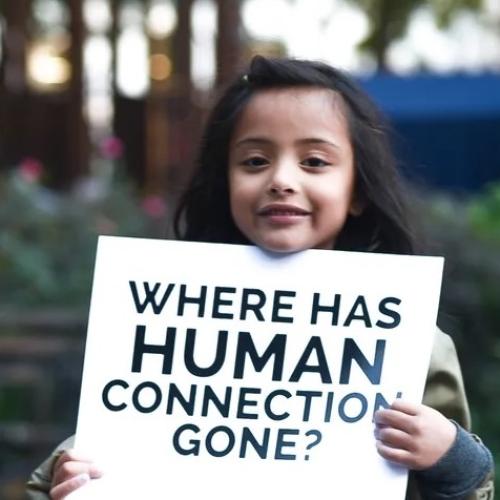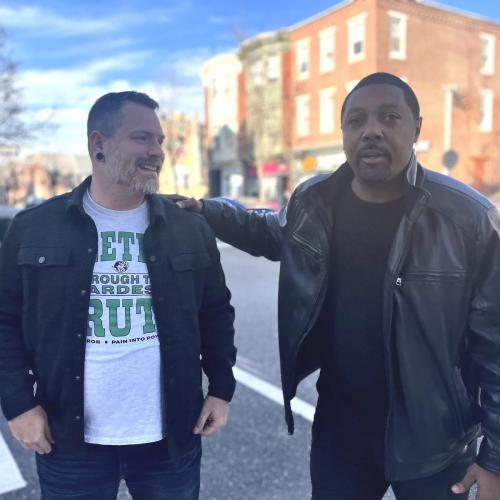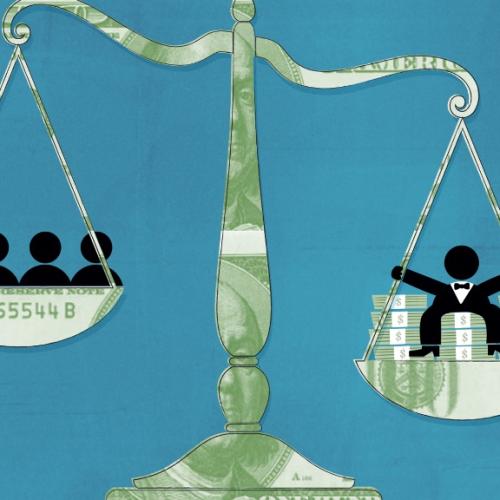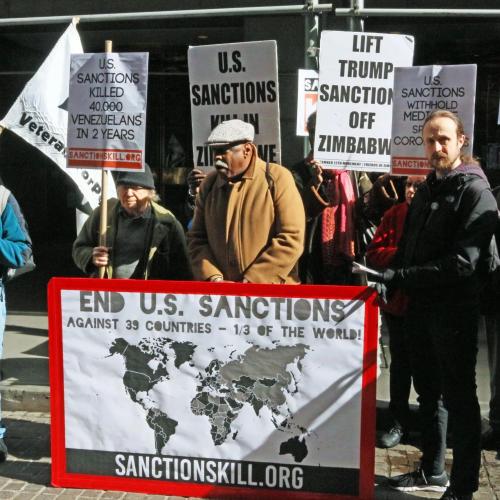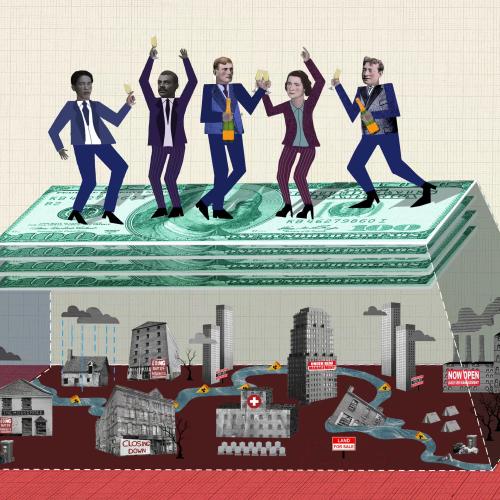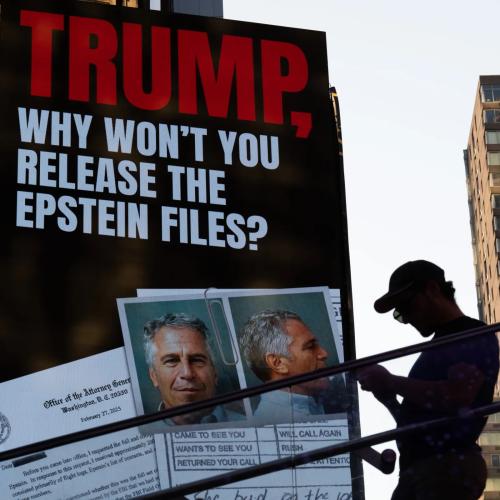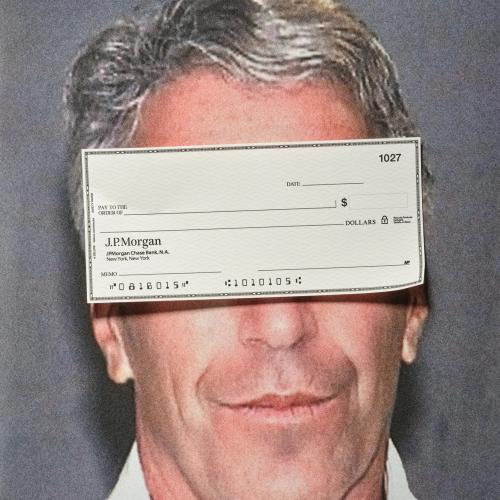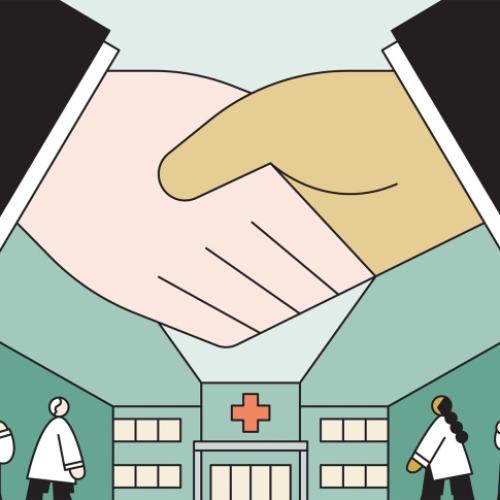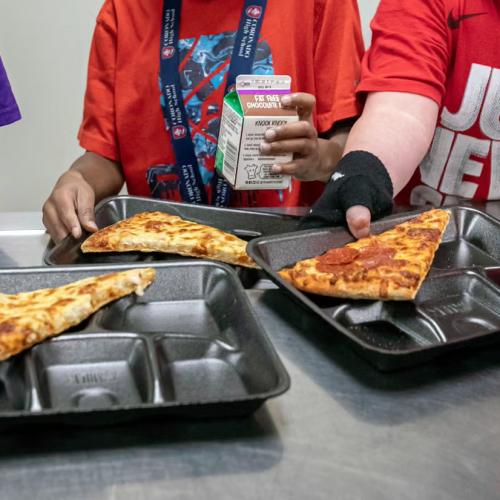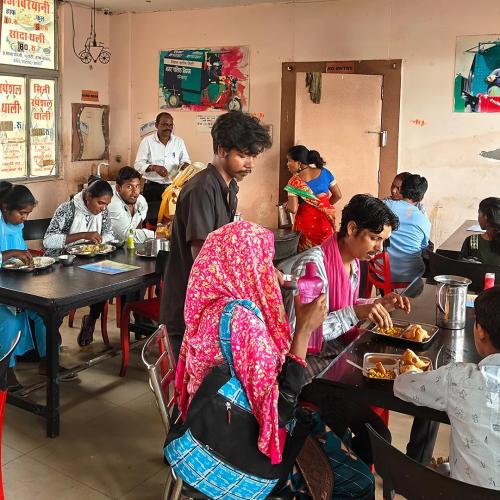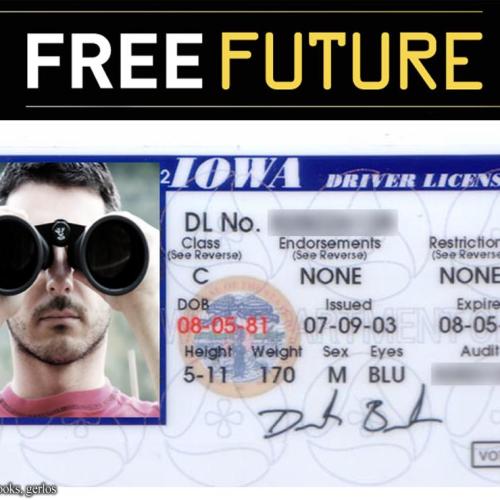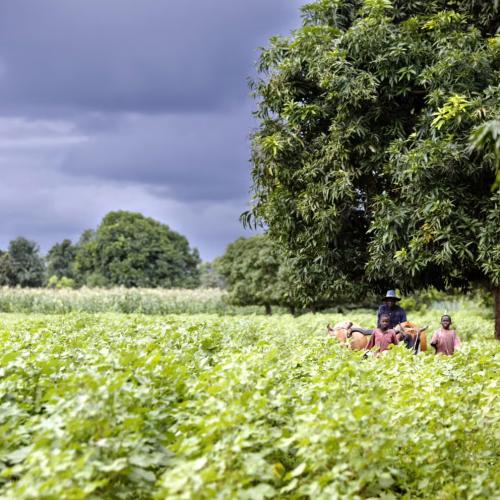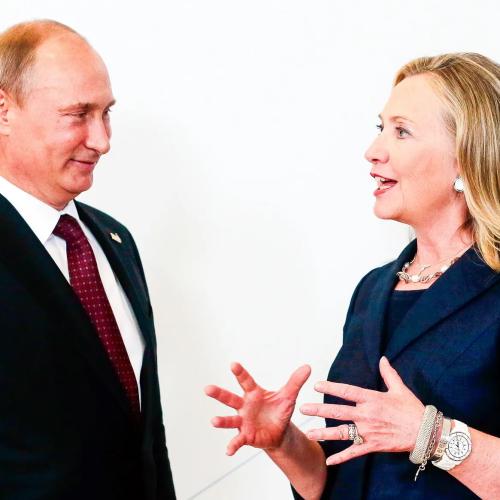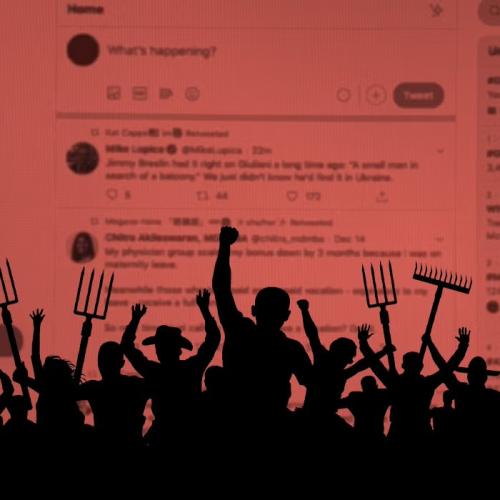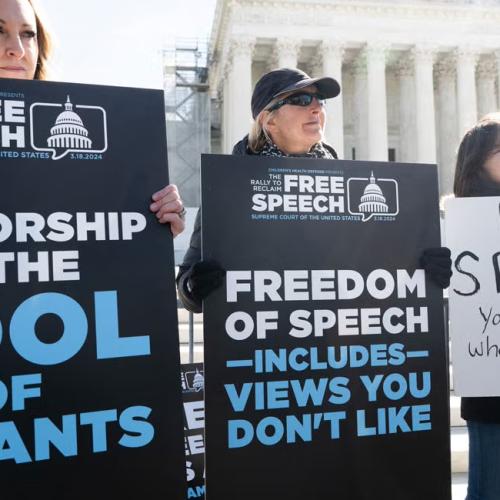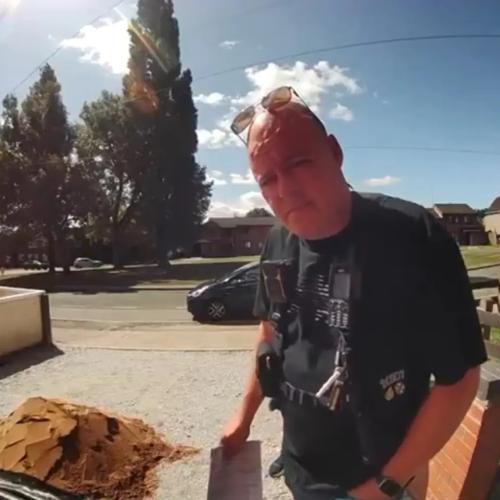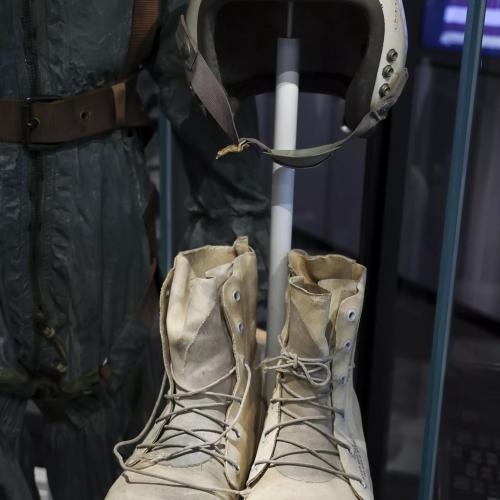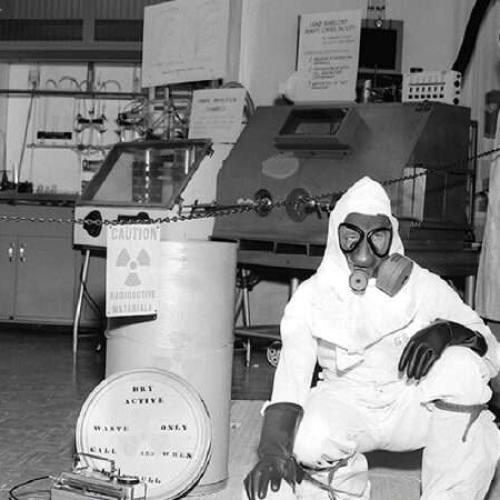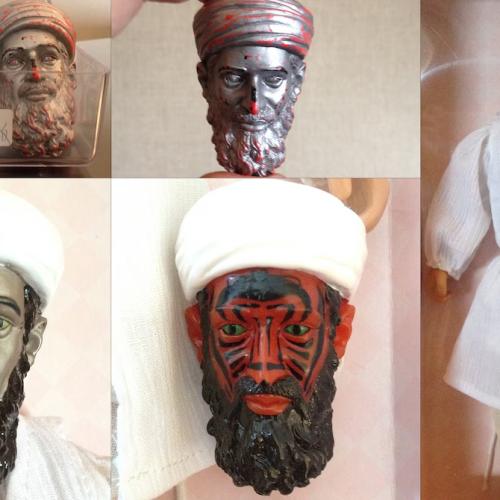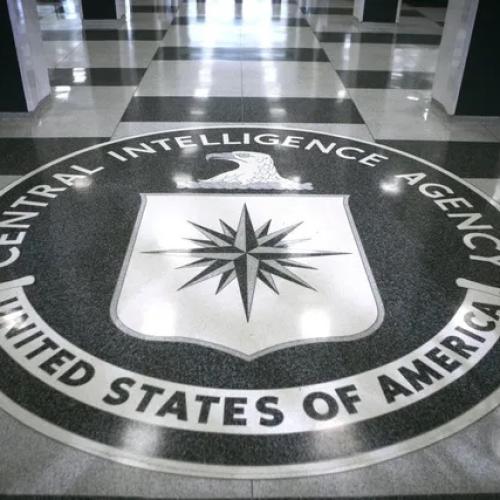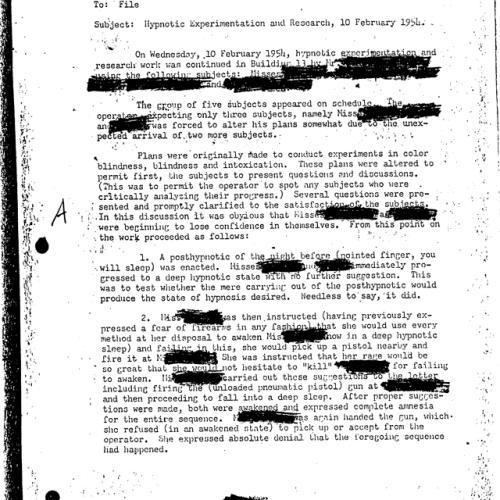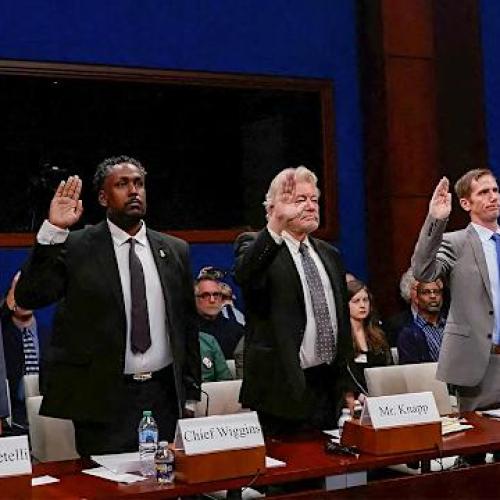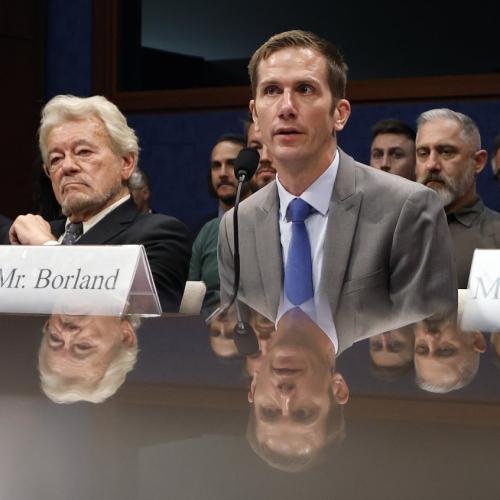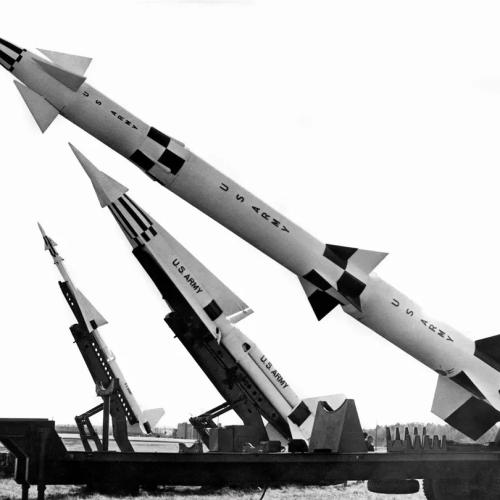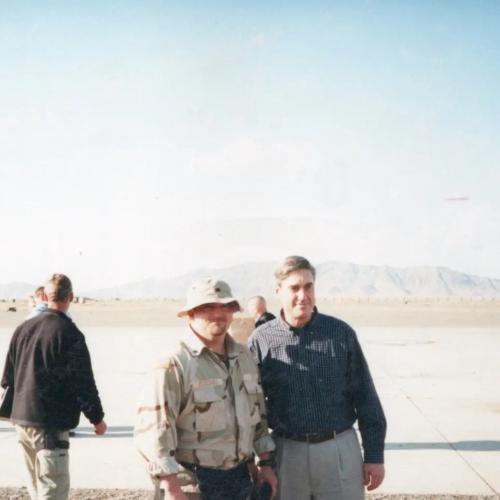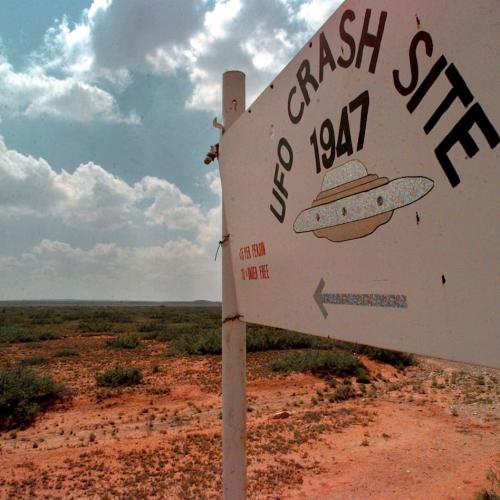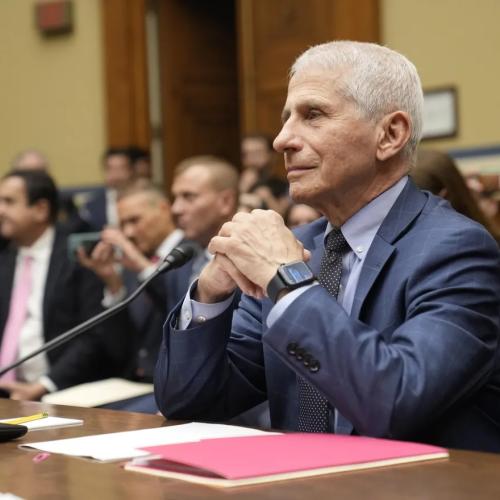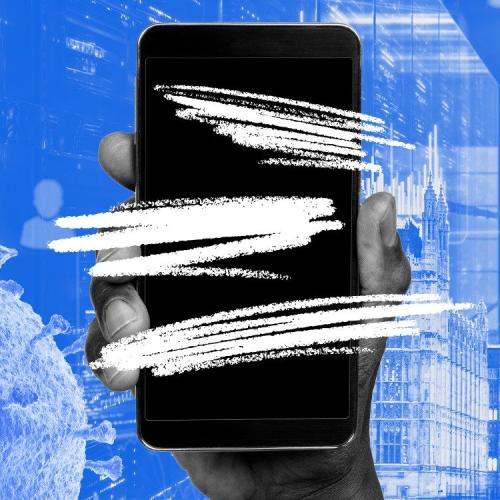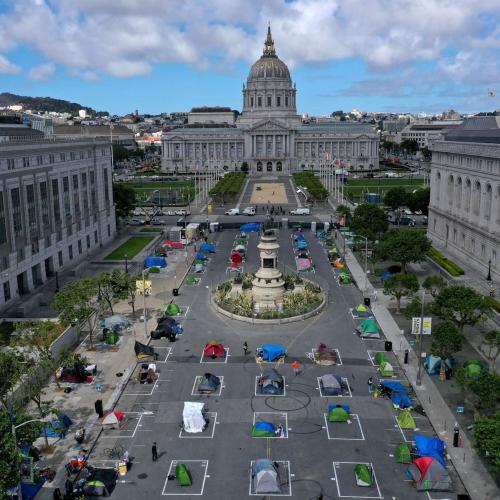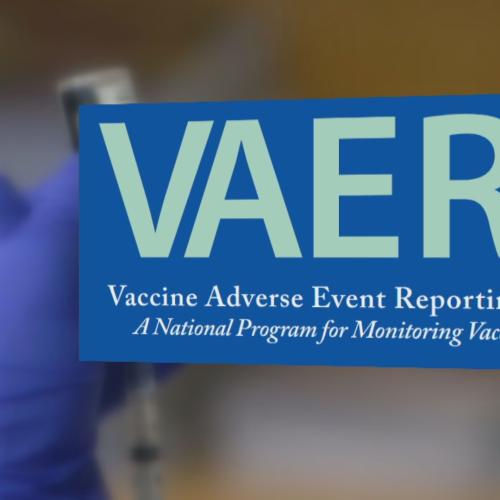Inspiring: Reimagining the Economy News Stories
Below are key excerpts of inspiring news articles on reimagining the economy from reliable news media sources. If any link fails to function, a paywall blocks full access, or the article is no longer available, try these digital tools.
For further exploration, delve into our Inspiration Center.
Traditional dairy farms calves are separated from their mothers within 24 hours of their birth. It allows farmers to collect the milk that the calves would naturally drink and sell it to be made into dairy products. But one farmer in the south of Scotland is pioneering an unconventional method of commercial dairy farming - keeping cow and calf together for about six months. David Finlay, who farms 130 dairy cows near Gatehouse of Fleet, claims the system results in higher animal welfare standards and a more profitable business. Now he is calling for the Scottish government to fund a radical new cow-with-calf development programme. The Finlays implemented the cow-with-calf system with their herd, but the decision almost bankrupted the business when they did not have enough milk left to sell to market. After overhauling their business plan and adopting a new approach, the couple found a way of making the system financially viable. David claims that among the benefits are happier cows and staff, healthier animals and an increase in life-expectancy. "What we've found is we can carry 25% more cows on the farm, because the young stock are growing and maturing so much faster and the cows are yielding 25% more milk," he said. "So even with the calves drinking a third of their mother's milk, the system is actually more efficient, more productive and more profitable." Rainton Farm is now the largest commercial cow-with-calf dairy farm in Europe.
Note: Explore more positive stories like this on reimagining the economy and healing the Earth.
“This is the farm,” Sierra Alea said. “This is how to eliminate food waste from landfills,” Alea said. That’s the idea behind Afterlife Ag, the mushroom-growing startup of which she is a co-founder. Winson Wong, another co-founder of Afterlife Ag, said that 80 to 85 percent of what is thrown away in a restaurant is “prep waste, ” material like egg shells, lemon wedges and tomato peels. Afterlife Ag’s model [is] picking up restaurant waste — not the scraps that customers had left on their plates but discards from the chefs who had prepared their meals — and returning with mushrooms. Soon Afterlife Ag was involved in the intricacies of farming and creating substrate in which to grow mushrooms, sometimes with wood chips or shavings from sawmills, sometimes with sawdust from purveyors that smoke fish, sometimes with hemp from hemp farms. “Food waste varies from day to day,” said Aaron Kang, the head grower at Afterlife Ag. Afterlife Ag harvests mushrooms every day and packs them in five-pound boxes for delivery to its restaurant clients. It also sells to schools and hospitals. At one of the restaurants — State Grill and Bar, at 21 West 33rd Street, in the Empire State Building — the chef, Morgan Jarrett, made four dishes with ingredients from Afterlife Ag, starting with a mousse made from pink oyster mushrooms and black king trumpet mushrooms, topped by jangajji, a type of pickled mushroom.
Note: This article is also available here. Explore more positive stories like this on reimagining the economy and healing the Earth.
This week, the nonprofit Veterans Community Project (VCP) broke ground on its sixth tiny home village, this time in Milwaukee, Wisconsin, to offer more military veterans a fresh start with housing and individualized care. Each 240-square-foot home is part of a larger community designed to help residents regain stability and independence. Since its founding in 2018 when they welcomed their first residents in Kansas City, VCP has helped hundreds of vets transition out of homelessness. VCP has set a new standard for how cities can address veteran homelessness, with its 85% success rate for vets who complete the program successfully and transition to sustainable permanent housing—all in an average of 335 days. Army combat veteran Dave Myers ... had never heard of VCP when his life was spinning out of control three years ago, addicted to drugs after returning home from war. He now smiles recalling a judge’s words ordering him to become a volunteer after he got clean in prison: “He told me, ‘You’re going to spend so much time with these guys that they’re either going to love you or hate you ... I hope it’s the former, and that they offer you a job after.’” Dave is now a full-time operations employee at VCP and is fulfilling his dream to help Veterans. “I was able to connect with our residents in some ways that not a lot of other people can. I’ve been in their shoes.” “This place saved me,” he said proudly.
Note: Explore more positive stories like this on healing the war machine and reimagining the economy.
California has long led the way on school meals. In 2022, it became the first state in the country to make school meals free for all students, regardless of income. Many districts have implemented farm-to-school programs to bring local foods into the cafeteria. And last year, months before the “Make America healthy again” movement would make its way to the White House, it became the first state in the nation to ban six synthetic food dyes from school meals. This week, it passed legislation that will put it in the lead on school meals in yet another way – banning ultra-processed foods. On Friday, California lawmakers passed a bill that will define, and then ban, ultra-processed foods from school meals. Ultra-processed foods, or UPFs, are industrially formulated products that are often high in fats, starches, sugars and additives, and make up 73% of the US food supply today. The text of California’s new law defines a UPF as any food or beverage that contains stabilizers, thickeners, propellants, colors, emulsifiers, flavoring agents, flavor enhancers, nonnutritive sweeteners or surface-active agents – and has high amounts of saturated fat, sodium or added sugar, or nonnutritive sweeteners. “We actually had food service directors come in and testify,” [state assembly member Jesse Gabriel] said. “Not only had it not cost them more, but in many districts they had actually saved money by switching to healthier alternatives.”
Note: Explore more positive stories like this on healing our bodies and reimagining the economy.
Parents with small children, teenagers, and senior citizens clustered outside the door and waited to hear their ticket numbers called. They weren’t there for books. They came to shop for groceries. Connected to the [Enoch Pratt Library], the brightly painted market space is small but doesn’t feel cramped. Massive windows drench it in sunshine. In a previous life, it was a café. Now, shelves, tables, counters, and a refrigerator are spread out across the room, holding a mix of produce and shelf-stable goods. On any given day, there’s a range of produce, like collard greens, apples, onions, radishes, potatoes, and cherry tomatoes, plus eggs, orange juice, rice, bread, and treats like cookies and peanut butter crackers. As they exited, shoppers did not need to pull out their wallets: No one pays at Pratt Free Market. Launched in the fall of 2024, Pratt Free Market opens its doors every Wednesday and Friday and serves around 200 people per day. Anyone can pick up food at the store without providing identification or meeting income requirements. For Baltimore residents, 28 percent reported experiencing food insecurity last year—twice the national average. Pratt Free Market ... offers a mix of everything—from healthy, fresh produce to sweets. And every fourth Friday, the marker turns into “Pantry on the Go!”, a farmers’ market-style setup outside the library that offers fruits and vegetables. Last month ... they handed out onions, sweet potatoes, watermelons, celery, and apples.
Note: Explore more positive stories like this on reimagining the economy.
As I approach India's first Garbage Cafe on a cloudy and foggy winter day in early 2025, the smell of hot samosas immediately makes the place feel cosy. Inside, people are sitting on wooden benches holding steel plates filled with steaming meals, some chatting, others eating quietly. Every day, hungry people arrive at this cafe in Ambikapur, a city in the state of Chhattisgarh in central India, in the hope of getting a hot meal. But they don't pay for their food with money – instead, they hand over bundles of plastic such as old carrier bags, food wrappers and water bottles. People can trade a kilogram (2.2lb) of plastic waste for a full meal that includes rice, two vegetable curries, dal, roti, salad and pickles, says Vinod Kumar Patel, who runs the cafe on behalf of the Ambikapur Municipal Corporation (AMC), the public body which manages the city's infrastructure. Every morning, [Rashmi Mondal] sets out early on the streets of Ambikapur in a search for discarded plastic – anything from old food wrappers to plastic bottles. For her, collecting such detritus is a means of survival. "I've been doing this work for years," Mondal says, looking at the small pile of plastic she has gathered. Previously, Mondal used to sell the plastic she collected to local scrap dealers for just 10 Indian rupees (£0.09/$0.12) per kilogram – barely enough to survive on. "But now, I can get food for my family in exchange for the plastic I collect. It makes all the difference in our lives."
Note: Explore more positive stories like this on reimagining the economy.
Companies such as Experian, Equifax, and TransUnion are able to store huge quantities of our personal data and profit from it in a way that doesn’t always benefit us. And when those same companies lose our personal data and make us susceptible to identity theft, there’s virtually nothing we can do about it. Several organizations are working on returning the value of your data to you, such as the state of Illinois’ pilot to test a blockchain-based birth registry/ID system. Taking this idea one step further, when you are the sole owner of your personal data on purchases, online browsing history, or mobile data, you can also choose whether or not to “sell” your own data, with rights and restrictions using smart ledgers. This could shift the power of (and profit from) data management from big, established firms back to individual users. This would also shift the responsibility. If you lost your cryptographic “keys,” then they would be truly lost and you would have to build your identity again. Equifax and others have shown the weakness of central databases in the hands of a single firm. Mutual distributed ledger systems have the potential to provide us with identity and activity management, even permitting us to make a market selling information about ourselves, taking control and cash back from companies like Equifax. There will certainly be mistakes along the way, but how can we truly object to reclaiming control of our most private property — our personal data?
Note: This article is also available here. Watch our 13 minute video on the promise of blockchain technology. Explore more positive stories like this on reimagining the economy and technology for good.
The fusion of artificial intelligence (AI) and blockchain technology has generated excitement, but both fields face fundamental limitations that can’t be ignored. What if these two technologies, each revolutionary in its own right, could solve each other’s greatest weaknesses? Imagine a future where blockchain networks are seamlessly efficient and scalable, thanks to AI’s problem-solving prowess, and where AI applications operate with full transparency and accountability by leveraging blockchain’s immutable record-keeping. This vision is taking shape today through a new wave of decentralized AI projects. Leading the charge, platforms like SingularityNET, Ocean Protocol, and Fetch.ai are showing how a convergence of AI and blockchain could not only solve each other’s biggest challenges but also redefine transparency, user control, and trust in the digital age. While AI’s potential is revolutionary, its centralized nature and opacity create significant concerns. Blockchain’s decentralized, immutable structure can address these issues, offering a pathway for AI to become more ethical, transparent, and accountable. Today, AI models rely on vast amounts of data, often gathered without full user consent. Blockchain introduces a decentralized model, allowing users to retain control over their data while securely sharing it with AI applications. This setup empowers individuals to manage their data’s use and fosters a safer, more ethical digital environment.
Note: Watch our 13 minute video on the promise of blockchain technology. Explore more positive stories like this on reimagining the economy and technology for good.
The blockchain is a revolution that builds on another technical revolution so old that only the more experienced among us remember it: the invention of the database. IBM’s database model stood unchanged until about 10 years ago, when the blockchain came into this conservative space with a radical new proposition: What if your database worked like a network — a network that’s shared with everybody in the world, where anyone and anything can connect to it? Blockchain experts call this “decentralization.” Decentralization offers the promise of nearly friction-free cooperation between members of complex networks that can add value to each other by enabling collaboration without central authorities and middle men. In a world without middle men, things get more efficient in unexpected ways. A 1% transaction fee may not seem like much, but down a 15-step supply chain, it adds up. These kinds of little frictions add just enough drag on the global economy that we’re forced to stick with short supply chains and deals done by the container load, because it’s simply too inefficient to have more links in the supply chain and to work with smaller transactions. The decentralization that blockchain provides would change that, which could have huge possible impacts for economies in the developing world. Any transformation which helps small businesses compete with giants will have major global effects.
Note: This article is also available here. Watch our 13 minute video on the promise of blockchain technology. Explore more positive stories like this on reimagining the economy and technology for good.
Look at the modus operandi of today’s internet giants — such as Google, Facebook, Twitter, Uber, or Airbnb — and you’ll notice they have one thing in common: They rely on the contributions of users as a means to generate value within their own platforms. All of the profits are captured by the large intermediaries who operate the platforms. Recently, a new technology has emerged that could change this imbalance. Blockchain facilitates the exchange of value in a secure and decentralized manner, without the need for an intermediary. With a blockchain, software applications no longer need to be deployed on a centralized server: They can be run on a peer-to-peer network that is not controlled by any single party. These blockchain-based applications can be used to coordinate the activities of a large number of individuals, who can organize themselves without the help of a third party. Blockchain technology is ultimately a means for individuals to coordinate common activities, to interact directly with one another, and to govern themselves in a more secure and decentralized manner. New forms of organizations ... which have no director or CEO, or any sort of hierarchical structure — are administered, collectively, by all individuals interacting on a blockchain. And since there is no intermediary operator, the value produced within these platforms can be more equally redistributed among those who have contributed to the value creation.
Note: This article is also available here. Watch our 13 minute video on the promise of blockchain technology. Explore more positive stories like this on reimagining the economy and technology for good.
No toilets, expensive food of dubious quality, crowded housing. This was the reality for many in 1840s Britain. Something had to change. And the Rochdale Pioneers knew it. The group of 28 artisans and cotton weavers ... wanted to start a co-operative society in order to provide their community with affordable and unadulterated food. Their small grocery shop started by selling only flour, sugar, oatmeal and butter and opened just before Christmas 1844. Any profit was shared among member-owners. With this, the co-operative movement took root. Today, these businesses employ some 280 million people around the world – 10% of the employed population. Approximately 3m co-ops with an astonishing 1.2bn members, more than an eighth of the world’s population, exist internationally. Shared Interest is a UK-based social lender that supports farmers and handcraft producers in 47 countries around the world. From sphagnum moss farmers in Peru to coffee farmers in Rwanda, the organisation provides finance for smallholder communities that collectively provide around a third of the world’s food but are often stuck in cycles of poverty. Uganda-based coffee producer Bukonzo Organic Farmers Cooperative Union (BOCU), which Shared Interest has supported since 2014 ... negotiates prices, undertakes marketing and manages export on behalf of 13 smaller primary co-ops. Having this tiered system is crucial for small-scale farmers who don’t speak English.
Note: Explore more positive stories like this on reimagining the economy.
Rajabai Sawant used to pick and sort waste on the streets of Pune with a sack on her back. The plastic she collected from a public waste site would be sold for some money that saved her children from begging. Today, dressed in a dark green jacket monogrammed with the acronym Swach (solid waste collection and handling) over a colourful sari, the 53-year-old is one among an organised group of waste collectors and climate educators who teach residents in urban Pune how to segregate and manage waste, based on a PPPP – a pro-poor private public partnership. Swach was set up in 2005 by a trade union of waste pickers, Kagad Kach Patra Kashtakari Panchayat (KKPKP), which was ... envisioned a scheme that enhanced waste collectors’ work instead of displacing them. These [PPPP] partnerships are contracts between the state or local authority and a group of private individuals that aim to provide a public service while simultaneously alleviating poverty. Of the waste generated by the city, Swach sorts and recycles about 227 tonnes a day (82,891 tonnes a year) that is diverted away from landfills. It saves the city £10m that would have been needed for processing, transportation and human resources. Today, Swach has more than 3,850 self-reliant waste picker members, who provide daily doorstep waste collection services to citizens of Pune who pay a small monthly fee. Under the PPPP, each member is a shareholder and earns about 16,000 rupees (£140) a month.
Note: Explore more positive stories on reimagining the economy.
Community currencies — alternative forms of money sometimes also referred to as local or regional currencies — are as diverse as the communities they serve, from grassroots time-banking and mutual credit schemes to blockchain-based Community Inclusion Currencies. Local currencies were common until the 19th century, when the newly emerging nation states transitioned to a centralized system of government-issued money as a way of consolidating their power and stabilizing the economy. Far from being a neutral system of exchange, a currency is a tool to achieve certain goals. Inequality and unsustainability are baked into our monetary system, which is based on debt and interest with practically all the money ... being created by private banks when issuing loans. Well-designed community currencies eliminate two main sources of financial inequality: money’s perceived inherent value and the interest rates, which both incentivize people to hoard their money. Like the pipes that bring water to your house, money is the conduit that gives you access to goods and services. The value of money is created in the transaction. In 2015 it was estimated that almost 400 of them are active in Spain alone, and across Africa blockchain-backed systems, like the Sarafu in Kenya, help underserved communities do business without conventional money. Elsewhere, local currencies like the Brixton pound in the U.K. or BerkShares in Massachusetts are a way to keep money in the community, buffering it against the pressures of a globalized economy.
Note: Explore more positive stories like this on reimagining the economy.
In 2015, [Jo] Nemeth had quit her community development job, given the last of her money to her 18-year-old daughter Amy and closed her bank account. “I was 46, I had a good job and a partner I loved, but I was deeply unhappy,” Nemeth says. “I’d been feeling this growing despair about the economic system we live in.” Her “lightbulb moment” came when her parents ... gave her a book about people with alternative lifestyles. “When I read about this guy choosing to live without money, I thought, ‘Oh my God, I have to do that!’” The first thing Nemeth did was write a list of her needs. "I discovered I really didn’t need much to be comfortable. Then I just started ... figuring out how I could meet my needs without having any negative impacts.” For the first three years, Nemeth lived on a friend’s farm, where she built a small shack from discarded building materials before doing some housesitting and living off-grid for a year in a “little blue wagon” in another friend’s back yard. Instead of paying rent, Nemeth cooks, cleans, manages the veggie garden and makes items such as soap, washing powder and fermented foods. And she couldn’t be happier. She soon started tapping into the “gift economy” more deeply, giving without expecting anything in return, receiving without any sense of obligation. “That second part took a while to get used to,” she says. “It’s very different to bartering or trading, which involves thinking in a monetary, transactional way: I’ll give you this if you give me that. I actually feel more secure than I did when I was earning money,” she says, “because all through human history, true security has always come from living in community and I have time now to build that ‘social currency’. To help people out, care for sick friends or their children, help in their gardens. That’s one of the big benefits of living without money.”
Note: Explore more positive stories like this on reimagining the economy.
It’s 4pm on a Friday, and the staff at Home Kitchen, north London’s buzziest new restaurant, are prepping for another busy evening’s service. Not only is the restaurant run not-for-profit, but nearly all of the staff members have experienced homelessness: a first of its kind in the fine-dining industry. The project is run by a five-strong team, which includes two-time Michelin-starred chef Adam Simmonds and Soup Kitchen London director Alex Brown. Home Kitchen partnered with homelessness charity Crisis and social enterprise Beam to fill eight kitchen and eight front of house roles, when they opened their restaurant in autumn 2024. Other partners include the Beyond Food Foundation, the Only A Pavement Away charity and fellow charity, The Passage. Funded by a £500,000 crowdfunding drive and social investment loans, Home Kitchen provides staff with a comprehensive package that’s designed to help them avoid returning to homelessness. The 16 staffers are employed on full-time contracts, paid at London Living Wage, have their travel cards covered for zones one and two, and receive catering qualifications in addition to in-house training. The employee support offered by Crisis and Beam is ongoing, while the Home Kitchen team leaders take it upon themselves to check in with staff every day. “[There’s] a lot of support, a lot mentally. If someone’s upset, straight away they’ll take them to a corner and be like: ‘Talk to me, what’s happening?’ It’s really, really, really nice,” [French-Algerian chef] Mimi says. At the end of daily service, the team sit down and break bread (literally) with a communal meal. “It’s a brilliant team. Everybody supports everybody,” adds Jones, with a smile. “When service starts, we’re all equal.”
Note: Explore more positive stories like this on reimagining the economy.
In January 2024, The GivingBlock, one of the largest crypto donation platforms, reported that crypto donations had reached more than $2 billion, projected to exceed $10 billion by 2032. Crypto donors, who are largely millennials, contribute on average 128 times more per donation than cash donors. By leveraging tax incentives like capital gain offsets to eliminate taxes on donations, crypto giving is as financially smart as it is impactful. But the benefits of crypto giving go far beyond the financial incentives. Social impact is embedded in the foundation of Web 3. This new economy is fueled by cutting out traditional middlemen, banks, and allowing transparent, secure, and borderless peer-to-peer payments. No ID or passport is needed. This allows people, especially the unbanked, to have full control of their assets with minimal fees. Ethereum co-founder Vitalik Buterin has championed using memecoin momentum for good, saying, “I want to see quality fun projects that positively impact the ecosystem and the world.” He donated nearly $2 million in memecoin winnings to charities, including $532,000 to the Effective Altruism Fund's Animal Welfare Fund and over $1 million to the United Humanitarian Front, an organization providing grants to humanitarian relief initiatives in Ukraine. New Story, a nonprofit building homes to alleviate homelessness worldwide, partnered with artist Brian Ku to release a limited edition series of NFTs where each sale provided a 3D house for a family in Latin America.
Note: Watch our latest video on the potential for blockchain to fix government waste and restore financial freedom. Explore more positive stories like this on technology for good.
Bitcoin usage in emerging markets is increasing rapidly. And while it’s true that Bitcoin can be a better alternative for unbanked peoples who don’t have the means, access, or even the basic proof of identity to open a bank account, it turns out its biggest benefit today for many people is that Bitcoin is censorship-resistant. In other words, government cannot throttle, control or monitor your behavior as they can in the legacy financial world. In 2020, protests against the government erupted in Lagos and across Nigeria because of the brutal and illegal actions of a unit in the police force. Within days, groups supporting the protesters had their bank accounts frozen. With no other option, they turned to Bitcoin, raising funds that sustained the movement. Peer-to-peer Bitcoin transactions can be zero-fee, a big break from the much higher fees many in Africa are forced to pay for basic financial services, such as those for remittances, which are on average closer to 9%. Alex Gladstein, chief strategy officer for the Human Rights Foundation, has identified a number of other countries, including China, Russia, Belarus, and Myanmar, where the government uses the monetary and banking systems to silence dissidents. Recent deplatforming by big social media companies of certain groups and individuals ... has raised concerns about similar risks in financial services, where banks can limit access to bank accounts, credit cards, and so forth.
Note: Watch our latest video on the potential for blockchain to fix government waste and restore financial freedom. Explore more positive stories like this on technology for good.
The arrest of Telegram’s founder and the takedown of Simply Bitcoin’s Youtube channel for violating Youtube’s “harmful and dangerous” policy ... speaks to the power of corporations to mediate the reach of speech. French authorities have claimed that Durov was arrested, for among other things, providing “cryptology” tools. States couch their control of virtual space as an extension of their physical authority. Platforms and individuals are held to account for “crimes” being perpetuated on virtual space. One common thread is ... the idea of “misinformation.” Another is to use the most heinous crimes in a witch hunt - child abuse sexual material for example. Another favorite is “terrorism.” Networks like Bitcoin and Nostr are more needed than ever. They both give people geographic arbitrage, the ability to operate without corporate leadership, and a hedge against state repression. The network cannot be shut down or threatened to change its rules as quickly and as easily as arresting one CEO. Is the idea of “decentralization” possible in a world where states can arrest CEOs and founders? Nothing can prevent somebody from exchanging funds with one another using Bitcoin or expressing something on Nostr. Usage of these networks in a peer-to-peer manner with an array of self-custody wallets and clients shows a popular demand for privacy, encryption, and transmitting value without the prying eyes of the state.
Note: Watch our latest video on the potential for blockchain to fix government waste and restore financial freedom. Explore more positive stories like this on technology for good.
Cryptocurrencies represent the marriage of decentralized networks (what we commonly know as the internet today) and assets like money. [Cryptocurrency] uniquely enables new solutions to otherwise intractable technological and social problems. Users often lose control over their personal information online, either all at once through platform hacks or bit-by-bit in the opaque world of online advertising and data brokers. A major issue is that the business model of big tech firms is advertising, creating an incentive to aggregate data into a single database, creating a “honeypot” for hackers. Blockchains can enable a new form of digital identity document for the web. Using these credentials, users can authenticate for services without having to divulge as much personal information. Traditional payment systems are often slow, costly and inaccessible to many. Cryptocurrencies backed by real-world currencies, dubbed “stablecoins,” provide an efficient alternative for global transactions. In 2023, stablecoins accounted for $4.5 trillion of crypto transaction volume on blockchain networks. Even digital payments giant PayPal announced the launch of its stablecoin earlier this year. Traditional humanitarian aid often suffers from inefficiency, lack of transparency and corruption, undermining its effectiveness and trustworthiness. Blockchain offers a solution by providing a transparent, traceable and secure system for humanitarian aid. A recent UN pilot [provided] aid directly to families affected by the war between Russia and Ukraine. The entertainment industry is famously concentrated, causing writers and actors to recently go on strike ... demanding better pay and new contract clauses. Blockchain technology enables more democratic digital economies through non-fungible token (NFTs) marketplaces like Zora, and decentralized autonomous organizations (DAOs) like CreatorDAO, allowing creators and artists to take advantage of online marketplaces and earn fair compensation for their contributions.
Note: Watch our latest video on the potential for blockchain to fix government waste and restore financial freedom. Explore more positive stories like this on technology for good.
Time banks offer an alternative, powered by 21st-century technology, to the U.S. dollar. About 70 exist across the country — some with a few members, others with hundreds — to give value to work that members say often goes uncompensated in a traditional market economy. The Silver Spring Time Bank formed in 2015 and has about 300 members, said co-founder Mary Murphy. Last year, she said, 1,000 hours were exchanged for basic home repairs, dog walking, cooking and tailoring, among other services, without the exchange of money. “You get to save that money that you would have spent,” she said. “You get to meet somebody else in your community and get to know that person. That's a bonus.” Edgar S. Cahn, an 84-year-old law professor who had worked on civil rights and anti-poverty legislation in president Lyndon B. Johnson’s Justice Department, suffered a heart attack in 1980. He said doctors gave him two years to live, with “maybe two good hours a day. I thought: What do I do with two good hours a day?” he said, having beaten doctors’ expectations by nearly four decades. “I have to teach people to value themselves ... We’re all trained as human service professionals: 'How can I help you?'' ” he said. “None of us is trained to say: ‘How can you make a difference?’ I need you as much as you need me.” Cahn became a proselytizer for what he called the “time dollar” — a currency in which an hour of work is worth an hour of work, whether it’s performed by a maid, a mechanic or a mechanical engineer. In 1995, he founded the D.C. nonprofit TimeBanks USA, which developed the software used by many time banks around the world. Time banks can serve as small-business incubators and a way for seniors to remain active after retirement.
Note: Read more about the potential of time banking. Explore more positive stories like this in on reimagining the economy.
Important Note: Explore our full index to revealing excerpts of key major media news stories on several dozen engaging topics. And don't miss amazing excerpts from 20 of the most revealing news articles ever published.




















